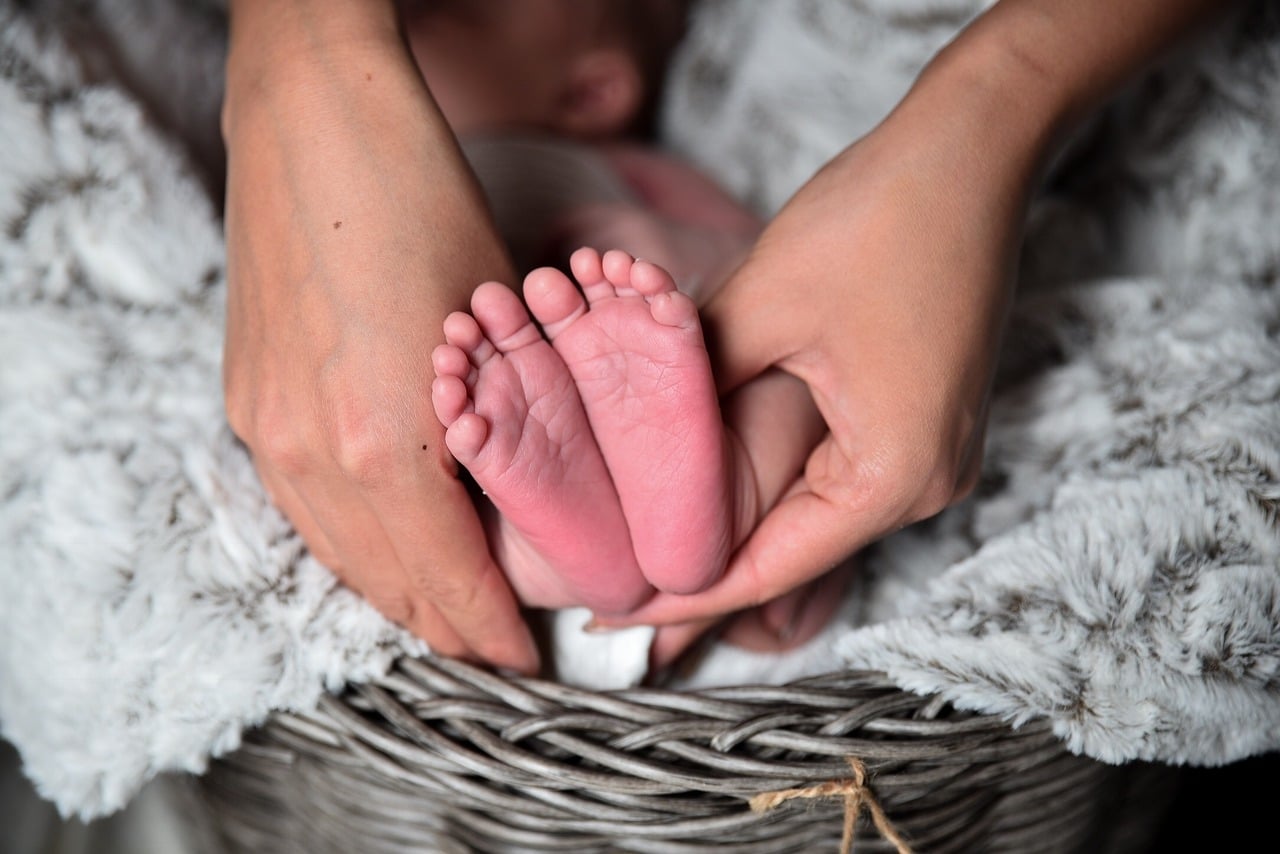China is allowing its citizens to have up to three children, easing its previously imposed and highly controversial two-child policy. The couples are finally allowed to expand their families, after conducting a census that confirmed China’s population decline.
China is among a few countries with very strict family planning rules that were imposed for more than forty years. At the time when these rules were imposed, it was one of the fastest-growing populations that needed control. Its been only a few years that the notorious one-child policy of China has been relaxed. According to critics, this one-child policy is one of the most strict birth control regulations, followed by the two-child policy that is soon to be replaced with a three-child policy.
Also read- New Technology Used In Tampons and Napkins to Diagnose Vulvovaginal Infections
This decision is made to make up for the aging adults, which is causing a huge economic stagnation, and being an emerging superpower, China can’t afford that. After spending so many years under these strict family planning rules, the government is encouraging couples to expand their families yet the birth rate has touched a record low level in 2020, with only 12 million births confirmed. This data is published by the National Bureau of Statistics in April 2021, further reporting an increase in family expenses and women making these decisions about family planning, instead of men.
These trends show a risky demographic crisis that has even concerned the Communist leaders including the Chinese President Xi Jinping calling this shortage of younger adults a problem to run the economy. Based on the current stats, the country will have hundreds of millions of older people by the end of 2050 with no younger ones to replace them and carrying this burden of running the economy for the next 50 years.
On Monday, President Xi has headed the elite Politburo leadership committee meeting sharing this loosening up of the decades-old family planning restrictions and encouraging couples to have more children. To make up for the aging population, every couple is allowed to have a maximum of three children, the report said. This meeting further promised that the government would provide all the support measures, to make up for the country’s population. However, the details of this support are unspecified at the moment and maybe explained later this year.
This population decline also reveals that the fertility rates are way below the average level, which is necessary to maintain the population confirms the report by the National Bureau of Statistics published recently.
This report is based on the census conducted once in ten years. It also highlights that China is it slowest of its population phase, ever since 1960 and its population is near to 1.41 billion.
These changes in the population rate and fertility have also affected the gender balance, which was already affected by the one-child policy in the past. The two-child policy was introduced in 2016 and five years is not sufficient time to recreate this gender balance. Additionally, the social preference of having boys has affected these gender differences and promoted the culture of self-selective abortions, and millions of baby girls abandoned by the birth parents.
Also read- Eating a Plant-based Diet Can Cut 10% Risk Of Cardiovascular Events
The one-child policy has been changed but even this policy change has not helped the way it was expected to do. Hence the policymakers are inclined to change this two-child policy with a three-child policy, giving couples more chances to play their part.
The marriage rates have drastically decreased in the last few years with an increase in the living cost and the trend of delaying childbirth by the women, more prominently, educated and self-sufficient women.
Changing this trend is probably not easy but easing the policy may help. However, it is a long way ahead and there is no way to predict the outcomes at this moment. By the time of the next census, hopefully, there will be many ‘third’ children yet it is hard to establish their number because of the numerous variables involved.


